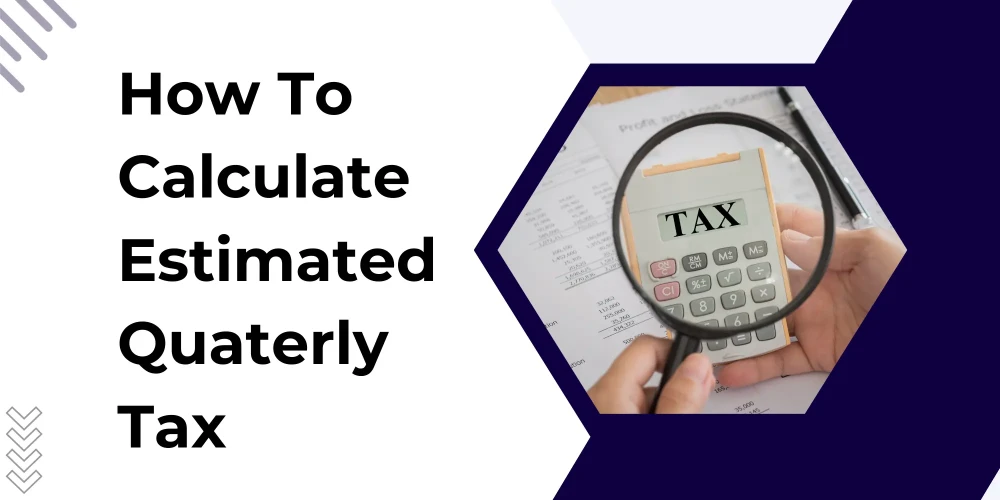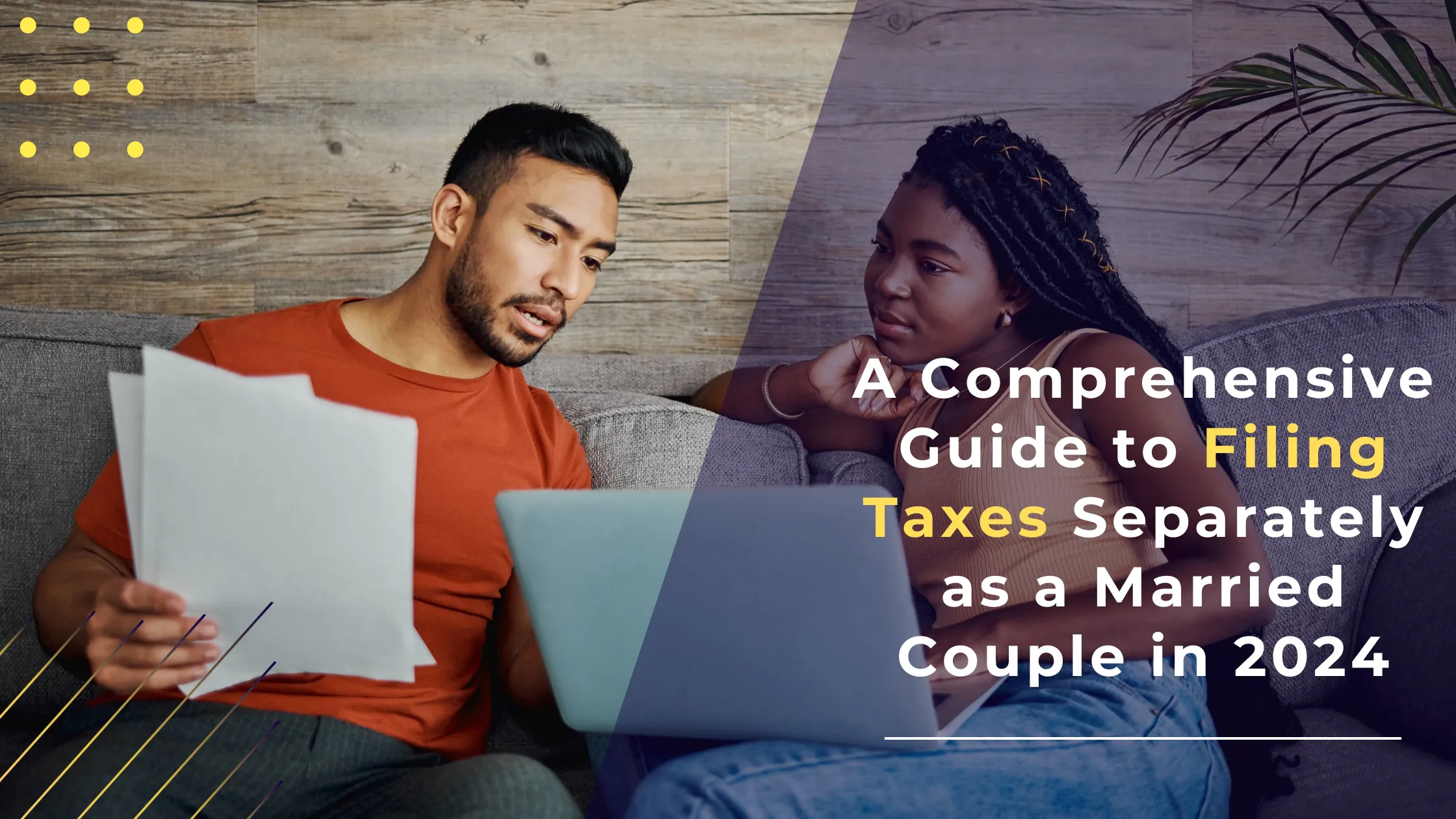Table of Contents
The path to homeownership has become increasingly challenging for many Americans in recent years, with soaring housing prices and rising mortgage rates creating significant barriers. In a bid to ease these obstacles and make the dream of owning a home more affordable, President Biden's administration has introduced a $10,000 tax credit for first-time homebuyers. This substantial financial incentive has the potential to transform the housing landscape, providing a much-needed boost to individuals and families who have been priced out of the market or struggling to accumulate the necessary funds for a down payment and closing costs. By reducing the upfront financial burden, the tax credit aims to level the playing field and open doors to homeownership, empowering more Americans to build equity, establish roots in their communities, and secure a stable foundation for their future. Here’s all you need to know about this Tax credit:
Understanding the Tax Credit
The $10,000 tax credit is a significant financial incentive designed to assist first-time homebuyers in achieving their dream of owning a home. This refundable tax credit, which means it directly reduces the tax liability, will be distributed over two years, providing eligible buyers with a substantial boost in their purchasing power.
The primary objective of this tax credit is to make homeownership more accessible and affordable, particularly for those who have been priced out of the market due to rising home prices and escalating mortgage rates. By reducing the overall cost associated with buying a home, the administration hopes to level the playing field and create opportunities for a broader segment of the population to join the ranks of homeowners.
Eligibility Criteria
The eligibility criteria for the $10,000 tax credit hinges on the definition of a "first-time home buyer." According to the guidelines, this term applies to individuals who have not owned or purchased a primary residence within the last three years. This broad definition encompasses not only those who have never owned a home but also those who have been renting or residing in a non-primary property during this period.
Income Limits
To ensure the tax credit benefits those most in need of financial assistance, the program imposes income limits on eligible homebuyers. Specifically, the annual household income of the applicants must not exceed 160% of the area's median household income. This threshold is designed to target the credit towards individuals and families who may face significant challenges in affording a home without additional support.
Purchase Price Restrictions
In an effort to prevent the tax credit from exacerbating price inflation in already overheated housing markets, the program stipulates that the purchase price of the home must be at or below 110% of the local median home purchase price. This requirement aims to direct the benefit towards reasonably priced properties, ensuring that the credit contributes to genuine affordability rather than fueling unsustainable price escalations.
Benefits for Homebuyers
Lowering Upfront Costs
The $10,000 tax credit offers a significant advantage for first-time homebuyers by reducing the upfront costs associated with purchasing a home. These upfront expenses, which typically include the down payment and closing costs, can be a substantial financial hurdle for many aspiring homeowners. By offsetting a portion of these costs, the tax credit effectively lowers the overall financial burden, making monthly mortgage payments more manageable and accessible.
Favorable Mortgage Rates
In addition to easing the upfront financial strain, the tax credit can potentially lead to more favorable mortgage rates. Lenders may view borrowers who have received this financial assistance as less risky, as the tax credit provides a cushion against potential financial difficulties. Consequently, these borrowers may qualify for lower interest rates on their mortgages, resulting in significant savings over the lifetime of the loan.
Enhancing Affordability
The combination of reduced upfront costs and potentially lower interest rates can significantly enhance the overall affordability of homeownership. By alleviating the financial pressures associated with purchasing a home, the tax credit empowers first-time buyers to pursue their homeownership dreams with greater confidence and financial stability, opening doors that may have previously seemed out of reach.
Here’s a Practical Example to Understand the Impact
Consider a first-time homebuyer with an annual household income of $75,000, looking to purchase a home in a city where the median home price is $300,000. Traditionally, with a 20% down payment, this buyer would need to have $60,000 in cash on hand to cover the down payment and closing costs. However, with the $10,000 tax credit, their upfront costs would be reduced to a more manageable $50,000, significantly increasing the feasibility of the home purchase and making homeownership a tangible reality. By providing this financial assistance, the tax credit opens up opportunities for homeownership that may have previously seemed unattainable, empowering individuals and families to create a stable foundation for their future.
Application Process
To claim the $10,000 tax credit for first-time homebuyers, it's crucial to follow a step-by-step application process during the home purchase. Here are the key steps involved:
Step 1: Gather Necessary Documentation
Prepare and collect all required documentation to verify your eligibility as a first-time homebuyer. This may include proof of income, employment records, and evidence that you have not owned a primary residence within the specified timeframe.
Step 2: Provide Property Details
Submit detailed information about the property you intend to purchase, including the purchase price and location. This information will be evaluated against the program's criteria to ensure compliance with local median home purchase price guidelines.
Step 3: File the Appropriate Tax Forms
During the tax filing process, you will need to complete and submit the necessary tax forms to claim the $10,000 credit. Your tax professional can guide you through this step and ensure accurate reporting.
Step 4: Maintain Compliance
It's essential to maintain compliance with the program's requirements, such as using the property as your primary residence for a specified period. Failure to do so may result in the credit being recaptured or additional penalties.
Step 5: Seek Professional Guidance
Consulting with a qualified tax professional or a reputable real estate agent is highly recommended. Their expertise can ensure you understand the eligibility criteria, documentation requirements, and the proper procedures to follow.
State-Specific Considerations
While the $10,000 tax credit for first-time homebuyers is a federal initiative, it's important to consider state-specific factors that may impact eligibility and availability of additional assistance programs. Here's a closer look at four key states:
New Jersey
In addition to the federal tax credit, New Jersey offers its own state-sponsored assistance programs for first-time homebuyers. The New Jersey Housing and Mortgage Finance Agency (NJHMFA) provides down payment assistance loans, closing cost assistance, and favorable mortgage rates through participating lenders. To qualify, homebuyers must meet income limits and purchase a property within the state's defined price limits which includes:
- Down Payment Assistance Loan: Up to $10,000 for down payment/closing costs. Income limits up to $169,214 (depending on county).
- Homeward Bound Closing Cost Assistance: Up to $10,000 for closing costs. Income limits similar to above.
- Eligibility: Must be a first-time homebuyer with a credit score of 620+ and purchase a home under NJHMFA purchase price limits ($492,735 for a new 2-4 unit home in an urban target area).
Consulting a professional accounting firm in New Jersey can be crucial for navigating the complex tax implications of these programs and ensuring compliance with state-specific regulations.
New York
New York State offers several programs to support first-time homebuyers, including the State of New York Mortgage Agency (SONYMA) and the Neighborhood Revitalization Program. These initiatives provide competitive interest rates, down payment assistance, and homebuyer education courses. Eligibility criteria vary based on the specific program and may include income limits, credit score requirements, and property location restrictions.
- State of New York Mortgage Program: Below market interest rates, down payment assistance up to $15,000 or 6% of home price. Income limits vary by county ($123,285 for a family of 4 in NYC).
- Neighborhood Revitalization Program: Up to $25,000 in assistance for renovation/repair costs on home purchase. Income limits based on location.
- Eligibility: First-time buyer definition, minimum 620 credit score, home price under conforming loan limits.
A professional accounting firm in New York can provide valuable insights on maximizing tax benefits and understanding the long-term financial implications of these homebuyer assistance programs.
California
The California Housing Finance Agency (CalHFA) offers a range of programs designed to assist first-time homebuyers in the state. These include down payment assistance loans, mortgage credit certificates, and favorable interest rates. Additionally, many local governments and housing authorities in California provide their own assistance programs, such as the City of Los Angeles' Low-Income Purchase Assistance Program (LIPA).
- CalHFA Conventional Loan Program: Down payment assistance up to 5% of purchase price.
- MyHome Assistance Program: Close cost assistance up to 5% of home price.
- Eligibility: Income limits up to $173,600 depending on county. Purchase price cap varies by county (e.g. $647,200 in Los Angeles).
Given California's complex tax structure, consulting with a professional accounting firm can help homebuyers understand the intricate interplay between state and federal tax incentives for first-time homeowners.
Florida
Florida's Housing Finance Corporation (Florida Housing) administers several programs to support first-time homebuyers, including the First Home Loan Program and the Homeowner Loan Program. These initiatives offer competitive interest rates, down payment and closing cost assistance, and homebuyer education resources. Eligibility is based on factors like income limits, credit history, and property location.
- First Home Loan Program: Down payment/closing cost assistance up to $10,000.
- Florida Homeownership Loan Program: Down payment/closing cost assistance up to $10,000.
- Eligibility: Income limits up to $103,180 for a family of 3 or more. Purchase price caps around $379,000-$517,000 based on county.
A professional accounting firm in Florida can offer expert advice on how to optimize tax benefits associated with these programs and help homebuyers plan for long-term financial stability in the Sunshine State.
Potential Downsides
While the $10,000 tax credit presents a significant opportunity for first-time homebuyers, it is important to note that this financial incentive is not a permanent measure. The tax credit is currently available only for homebuyers who purchase their primary residence in 2024 or 2025, creating a limited window of opportunity for those seeking to take advantage of this program. Additionally, there may be certain limitations or challenges associated with the tax credit that potential homebuyers should be aware of. For instance, the credit may be subject to recapture if the homeowner fails to maintain the property as their primary residence for a specified period. Furthermore, in highly competitive housing markets, the tax credit may not be sufficient to offset the substantial costs associated with purchasing a home.
Conclusion
President Biden's $10,000 tax credit for first-time homebuyers represents a significant step towards promoting homeownership and making the dream of owning a home a reality for many Americans. By providing financial assistance through a refundable tax credit, this initiative aims to tackle the affordability challenges faced by individuals and families in today's housing market. However, it is crucial for prospective homebuyers to carefully assess their eligibility, understand the application process, and seek professional guidance to ensure they fully benefit from this opportunity. With proper planning and consulting professional tax experts like NSKT, this tax credit can open doors for your homeownership and help you build wealth. NSKT offers dedicated Tax services through experienced professionals to help first-time homebuyers navigate the complexities of the home buying process, including taking advantage of the $10,000 tax credit. Our comprehensive services include assisting with eligibility assessments, guiding you through the application process, and providing expert advice on finding the right property within the program's guidelines, helping you achieve your homeownership dreams through strategic planning and personalized support.
FAQS
Q1: What is the definition of a "first-time homebuyer" to be eligible for the $10,000 tax credit?
A first-time homebuyer is defined as someone who has not owned or purchased a primary residence within the last three years. This includes individuals who have never owned a home before, as well as those who have been renting or living in a non-primary property during this period.
Q2: Are there any income limits to qualify for the $10,000 tax credit for first-time homebuyers? Yes, there are income limits. The annual household income of the applicants must not exceed 160% of the area's median household income. This requirement aims to target the credit towards individuals and families who may face significant challenges in affording a home without additional support.
Q3: What assistance programs are available for first-time homebuyers in California?
The California Housing Finance Agency (CalHFA) offers the CalHFA Conventional Loan Program with down payment assistance up to 5% of the purchase price, and the MyHome Assistance Program providing closing cost assistance up to 5% of the home price.
Q4: Can first-time homebuyers in Florida receive any assistance beyond the federal tax credit?
Yes, Florida's Housing Finance Corporation administers the First Home Loan Program and the Florida Homeownership Loan Program, both offering down payment and closing cost assistance up to $10,000 for eligible buyers.
Q5: Is the $10,000 tax credit for first-time homebuyers a permanent program?
No, the $10,000 tax credit is currently available only for homebuyers who purchase their primary residence in 2024 or 2025, creating a limited window of opportunity to take advantage of this program.







